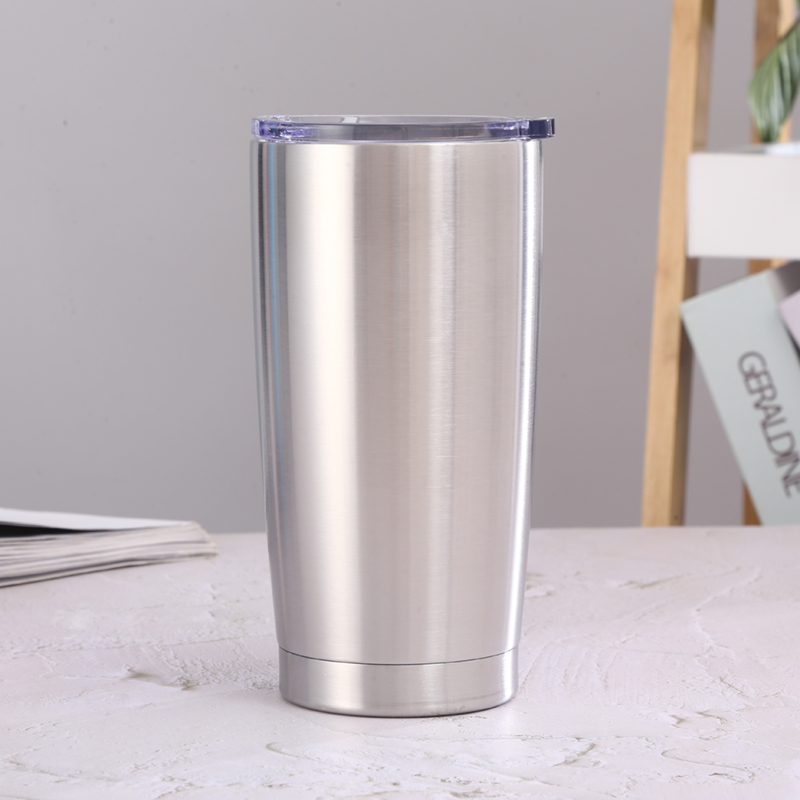Difference Between Stainless Steel SUS304 and SUS201 Thermos Flask

Introduction
When it comes to choosing a thermos flask, the material used plays a crucial role in its performance and durability. Two of the most common materials used in thermos flask construction are stainless steel SUS304 and SUS201. While both offer excellent heat retention properties, there are key differences between them that impact their overall quality and suitability for various applications. In this article, we’ll explore the differences between SUS304 and SUS201 stainless steel thermos flasks to help you make an informed decision.
Composition and Properties
- SUS304 Stainless Steel: SUS304 is an austenitic stainless steel, known for its excellent corrosion resistance and formability. It contains high levels of chromium and nickel, which contribute to its durability and resistance to rust and staining. SUS304 is commonly used in a wide range of applications, including kitchenware, medical equipment, and construction materials.
- SUS201 Stainless Steel: SUS201 is a ferritic stainless steel, containing lower levels of nickel and higher levels of manganese compared to SUS304. This results in a slightly lower corrosion resistance and formability. SUS201 is often used in applications where cost is a primary concern, such as automotive parts and construction materials.
Heat Retention and Durability
- SUS304: Due to its higher nickel content, SUS304 offers superior heat retention properties compared to SUS201. This means that a thermos flask made from SUS304 will keep your beverages hot or cold for longer periods of time.
- SUS201: While SUS201 has slightly lower heat retention capabilities, it still offers good performance for everyday use. For individuals seeking a more budget-friendly option, SUS201 thermos flasks can be a suitable choice.
Corrosion Resistance
- SUS304: The higher nickel content in SUS304 provides excellent corrosion resistance, making it ideal for storing a variety of liquids, including acidic beverages like fruit juices and coffee.
- SUS201: SUS201 has slightly lower corrosion resistance compared to SUS304. While it can still withstand everyday use, it may be more susceptible to corrosion in harsh environments or when exposed to highly acidic liquids over extended periods.
Cost
- SUS304: Due to its higher quality and performance, thermos flasks made from SUS304 tend to be more expensive compared to those made from SUS201.
- SUS201: Thermos flasks made from SUS201 are generally more affordable, making them a popular choice for budget-conscious consumers.
Conclusion
When choosing a thermos flask, it’s important to consider your specific needs and preferences. If you prioritize durability, heat retention, and resistance to corrosion, a SUS304 stainless steel thermos flask is the ideal choice. However, if you’re looking for a more budget-friendly option that still offers good performance, a SUS201 stainless steel thermos flask can be a suitable alternative. Ultimately, understanding the differences between these two materials will help you make an informed decision and select the perfect thermos flask for your needs.








